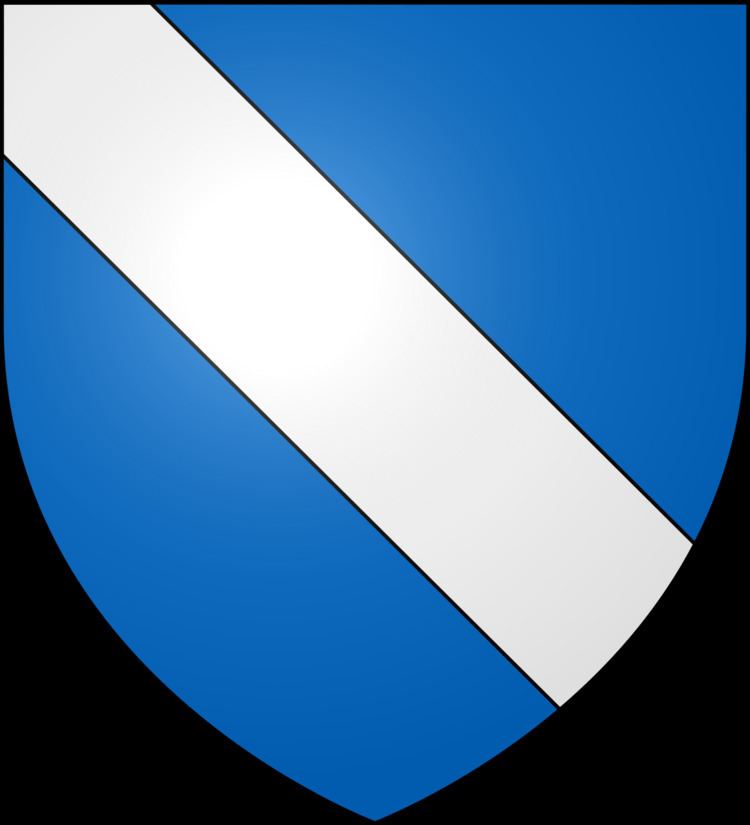 | ||
Motto Abscissa Virescit (That torn down re-grows) | ||
This article is about the Scottish clan, for the related Irish clan of the same name see: Mac Eoin Bissett family.
Contents
Clan Bissett (Bisey, Byset, Bisset or Bissert) is a Scottish clan. The clan is recognised by the Lord Lyon King of Arms but does not have a clan chief recognised by the Lord Lyon King of Arms, therefore the clan has no standing under Scots Law. Clan Bissett is considered an armigerous clan, meaning that it is considered to have had at one time a chief who possessed the chiefly arms; however, no one at present is in possession of such arms. The surname Bissett is also considered a sept of the Clan Fraser of Lovat.
Origins of the clan
The surname Bisset is believed to be of Norman origin and was brought to Scotland when William the Lion returned from captivity in England, accompanied by the Biseys. The Bysets settled in Nottinghamshire and Derbyshire in England. They appear with other Norman families to have successfully established themselves and gained land in Morayshire, Scotland. The power of the family spread and persons bearing the surname witnessed several charters in the 13th and 14th centuries. A charter of Alexander III of Scotland to Paisley Abbey was witnessed by Thomas de Bissat.
The rising fortunes of the family were eclipsed however by a feud with the Earl of Atholl. In 1242 at a tournament held at Haddington, Walter Byset, Lord of Aboyne was defeated by the youthful Earl of Atholl (possibly Padraig, Earl of Atholl). Allegedly, Byset, in a fit of anger murdered the earl while he slept and then set fire to his house to conceal the crime. Walter Byset and his nephew John then fled to Ireland and then to England. The feud followed the two fugitives as a pardon was later granted to the son of the Earl of Atholl for killing some Bysets in Ireland.
Habakkuk Bisset was a lawyer and Writer to the Signet during the reign of James IV of Scotland.
20th and 21st centuries
The principal line of the clan is now that of Bisset of Lessendrum, who are among the oldest families in Aberdeenshire.
